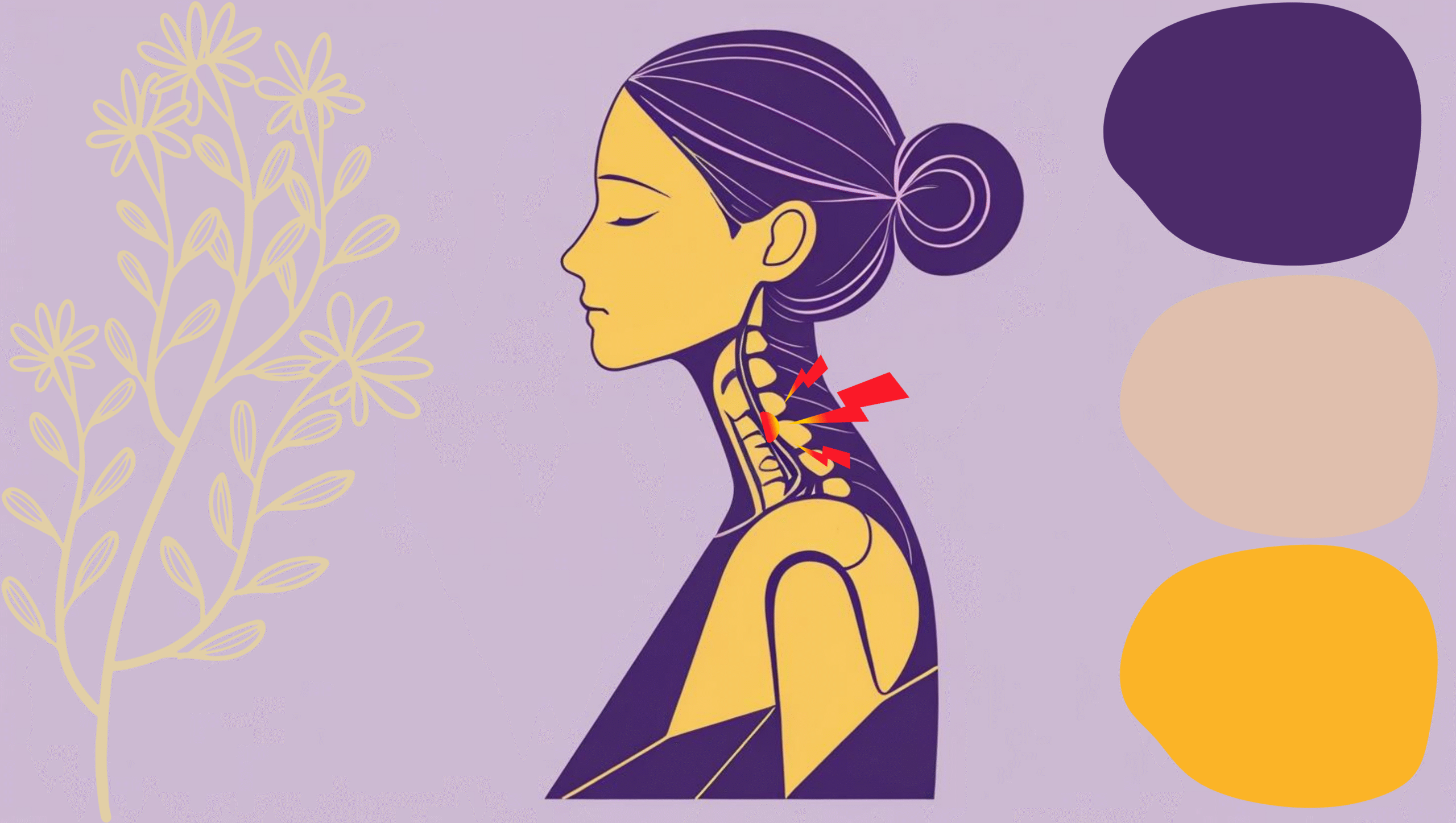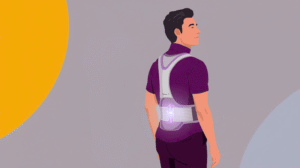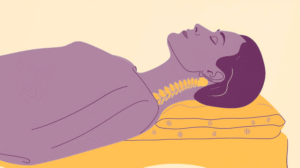Chronic neck pain affects millions worldwide, interfering with daily activities and reducing quality of life. One overlooked but common cause of persistent neck pain is muscular imbalance. This occurs when certain muscles become overactive or tight, while others weaken or underperform, disrupting the body’s natural alignment and function. Understanding how muscular imbalance contributes to chronic neck pain is key to effective treatment and long-term relief.
What Is Muscular Imbalance?
Muscular imbalance happens when opposing muscle groups lack equilibrium. In the neck, this typically involves the deep stabilizing muscles (such as the deep cervical flexors) becoming underactive, while superficial muscles (like the upper trapezius, sternocleidomastoid, or levator scapulae) become dominant and overworked (Falla et al., 2004).
This imbalance often arises from poor posture, repetitive activities, or long periods of inactivity. For example, prolonged screen time with a forward head posture can lead to shortened anterior neck muscles and weakened posterior stabilizers.
How Muscular Imbalance Causes Chronic Neck Pain
Muscular imbalances place uneven stress on cervical joints and soft tissues, leading to poor biomechanics. Over time, this causes:
- Altered movement patterns
- Joint compression and irritation
- Persistent muscle tightness and spasms
- Reduced neck mobility
- Nerve impingement or referred pain
These dysfunctions, if unaddressed, can develop into chronic neck pain that resists traditional treatment such as pain medication or general massage.
Common Postural Patterns Contributing to Imbalance
Some of the most common postural distortions linked with muscular imbalance in the neck include:
1. Forward Head Posture
The head shifts in front of the body’s center of gravity, placing excessive load on the cervical spine.
2. Rounded Shoulders
Tight chest muscles and weak scapular retractors contribute to a hunched upper body, pulling on neck structures.
3. Upper Crossed Syndrome
A postural distortion described by Janda, where tight upper trapezius and levator scapulae combine with weak deep neck flexors and lower trapezius muscles (Page et al., 2010).
Signs and Symptoms of Muscle Imbalance-Related Neck Pain
- Persistent dull or aching pain in the neck or upper back
- Limited range of motion
- Muscle fatigue and stiffness
- Headaches originating from the base of the skull
- Pain that worsens with prolonged sitting or poor posture
Diagnosis
A physical therapist or musculoskeletal specialist can diagnose muscular imbalance through:
- Postural assessments
- Range of motion testing
- Muscle strength and endurance evaluation
- Functional movement screening
Advanced imaging is typically not needed unless structural abnormalities are suspected.
Treatment Options
1. Postural Correction
Improving ergonomics and posture reduces the strain on overactive muscles. Small changes like adjusting chair height, screen level, and regular breaks can yield big results.
2. Stretching Overactive Muscles
Tight muscles such as the upper trapezius, sternocleidomastoid, and pectorals benefit from gentle, sustained stretching.
3. Strengthening Weak Muscles
Exercises targeting deep cervical flexors, lower trapezius, and rhomboids help restore muscle balance and support spinal alignment (Jull et al., 2008).
4. Manual Therapy and Trigger Point Release
Physiotherapists may use soft tissue mobilization, dry needling, or myofascial release to relax tight areas and reduce pain.
5. Motor Control Training
Specific exercises aimed at retraining correct movement patterns are crucial for long-term relief and preventing recurrence.
Prevention Tips
- Practice good posture consistently
- Avoid prolonged static positions, especially screen time
- Include postural exercises in your daily routine
- Use supportive ergonomic setups at work
- Stay physically active to maintain muscular balance
When to See a Specialist
If neck pain persists beyond a few weeks, affects sleep, or radiates to the arms, consult a healthcare professional. Early intervention can prevent chronicity and further dysfunction.
Conclusion
Muscular imbalance is a significant and often underrecognized contributor to chronic neck pain. Identifying and addressing these imbalances through corrective exercises, ergonomic changes, and professional therapy can lead to lasting relief. A proactive approach focusing on posture, movement quality, and muscle harmony is the key to breaking the cycle of chronic neck discomfort.
References:
Ylinen, J., Takala, E. P., Nykänen, M., Häkkinen, A., Mälkiä, E., Pohjolainen, T., & Karppi, S. L. (2003). Active neck muscle training in the treatment of chronic neck pain in women. JAMA, 289(19), 2509–2516. https://doi.org/10.1001/jama.289.19.2509
Falla, D., Jull, G., Dall’Alba, P., Rainoldi, A., & Merletti, R. (2004). An electromyographic analysis of the deep cervical flexor muscles in performance of craniocervical flexion. Physical Therapy, 83(10), 899-906. https://doi.org/10.1093/ptj/83.10.899
Jull, G., Falla, D., Vicenzino, B., & Hodges, P. (2009). The effect of therapeutic exercise on activation of the deep cervical flexor muscles in people with chronic neck pain. Manual Therapy, 14(6), 696–701. https://doi.org/10.1016/j.math.2009.05.004
Szeto, G. P., Straker, L., & O’Sullivan, P. B. (2005). A comparison of symptomatic and asymptomatic office workers performing monotonous keyboard work—2: Neck and shoulder kinematics. Manual Therapy, 10(4), 281–291. https://doi.org/10.1016/j.math.2005.02.004
Cagnie, B., Struyf, F., Cools, A., & Castelein, B. (2014). Effects of a scapular stabilization exercise program on chronic neck pain. Journal of Manipulative and Physiological Therapeutics, 37(3), 143-149. https://doi.org/10.1016/j.jmpt.2013.12.004























